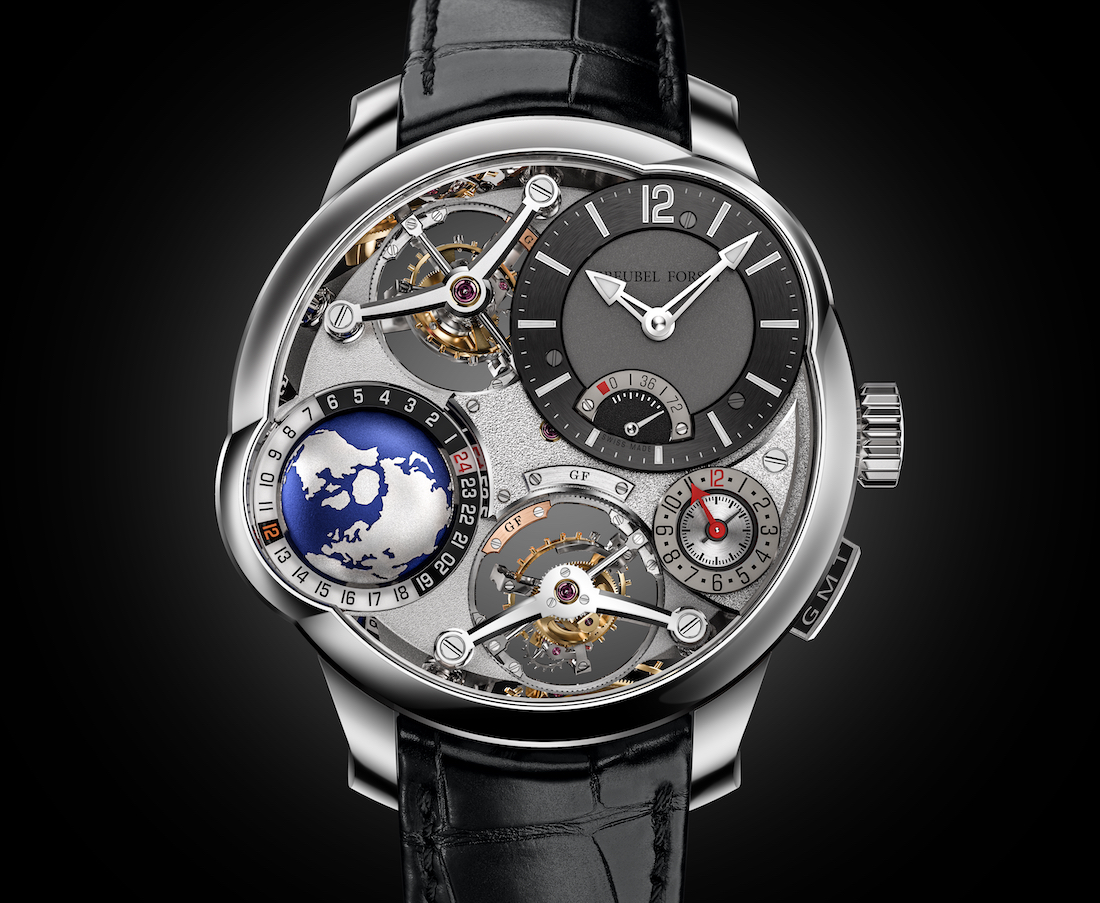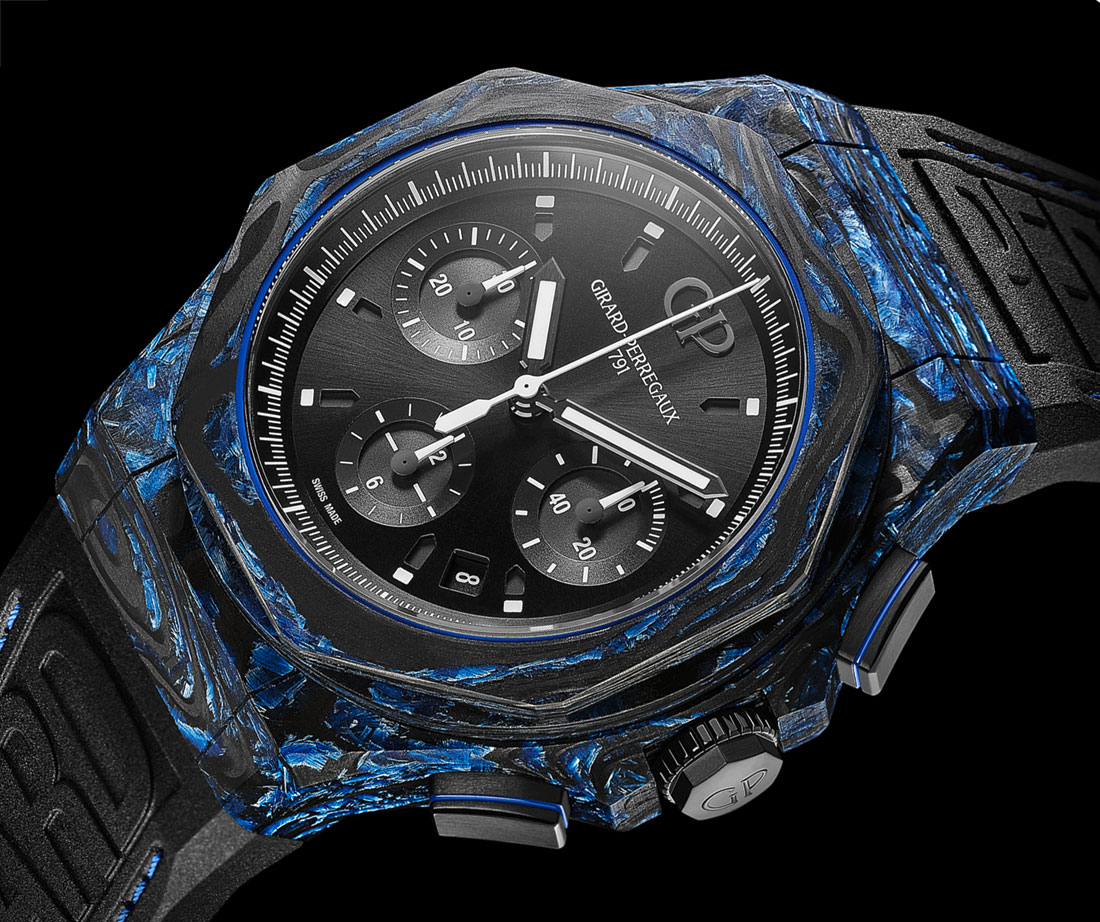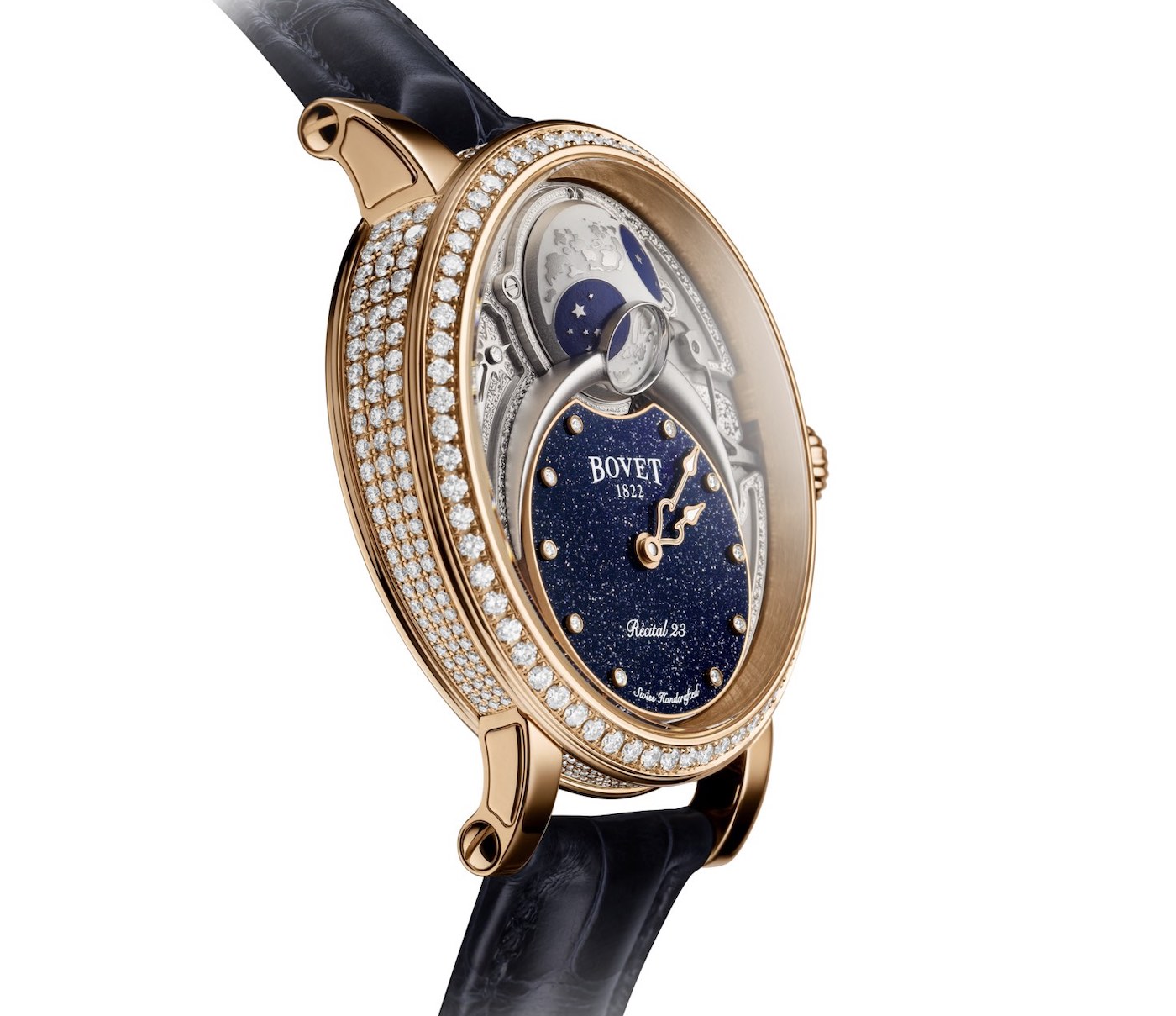
As the industry continues to adapt to changing consumer habits, reflecting on recent emerging trends can help us prepare for what is likely to come. We’re used to hearing about the doom and gloom of an industry that has been reeling from tumbling export figures for the past two years, but this year sees a small (and welcome) return to growth on that front. The Fondation de la Haute Horlogerie noted that this was reflected in the pieces observed at SIHH 2019, with a slightly less conservative approach to design that was perhaps the presiding theme of the past two years.
Over the 12 months of 2018, Swiss exports grew by 6.3% to CHF 21.2 billion. While this growth reflects a return to the pre-crisis level, it is not earth-shattering news and requires the next few years to turn in a strong performance to be taken with anything but a pinch of salt. The FHH believes that this growth has injected the industry with a shot of confidence it was sorely lacking. To an extent, this appears valid. To suggest, however, that we’re back to the pre-crisis level of risk-taking would be a bit rash.

Throughout the recent crisis, consumers became cautious. Not surprisingly, brands followed suit. In the potential purchaser’s mind, low cost was too often confused with value, and many brands dropped prices (and quietly reduced quality) to give purchasers the justification they desired to pull the trigger. What we are seeing in 2019, as we take the first tentative steps toward true recovery (if such a thing exists for the industry as we know it) is brands pumping money and resources into clearly defining (and improving) their core offerings — not necessarily their entry-level pieces, but rather the models that epitomize the brand. Few popular ranges from major brands exemplify this trend better than the constant reevaluation and steady material improvements to the Omega Seamaster 300m Co-axial Master Chronometer and the Tudor Black Bay. Both now boast in-house movements and noticeably upgraded exterior components, and are, still, in the context of the industry, surprisingly affordable.
And it seems that the industry’s almost total obsession with stainless steel is wobbling slightly, with more original alloys seen than in recent times (especially in sports watches). Watches employing the use of newfangled materials have always been slow to win over the buying public, but as these materials become more advanced, and the consumer confidence stabilizes in this area, we could well see many more hard-and-fast traditionalists shelving steel for more modern (perhaps eco-friendly?) alternatives. One of the most striking examples we reviewed recently on aBlogtoWatch is the Girard-Perregaux Laureato Absolute watch made from “carbon glass.” Another recent favorite extoller of this trend is the Ulysse Nardin Skeleton X Magma watch, which fused carbon and epoxy to create a truly fiery character.

One of the very best and clearest areas for growth (in terms of market share as well as design maturity) is that of womens’ watches. While sales of men’s watches have declined, womens’ watch sales have actually been increasing in the background. Perhaps one of the reasons for this, separate from the societal progression that has given more women the means to access high-end horology, is the fact that the industry has recently put a lot more effort into designing watches specifically for women (from the ground up). (In the past, it was more common to see men’s designs shrunk and adorned with diamonds.) While that still happens, the truly interesting options available for women’s wrists are on the up. Two stunning examples of haute Horlogerie for women are the Chopard L.U.C XP Esprit de Fleurier Peony watch, and the Bovet Récital 23 Moon Phase watch.

And perhaps one of the biggest trends that continues to establish itself in 2019 is the rise of the independent brand. Independents have one major advantage over group brands (that leave them in the dust when it comes to funding), and that is market agility. More and more independents are pioneering creative marketing and sales strategies in an attempt to create some separation between themselves and their peers.
The independent market is not working as one to take on the major conglomerates, but it is a creative melting pot and, perhaps, the most fertile testing ground for new strategies. We saw this prominently at Baselworld in March, thanks to the palpable absence of the Swatch Group, which instead decided to pursue its own individual fair at which to launch its new products.
This is a growing trend. While it had been the preserve of independents (with Bremont famously skipping Baselworld in 2017 and, instead, hosting its own “Basel on Thames” event, which was received fantastically (as much for the prescience of its organizers as it was for its star-studded guest list and positive press), it is clearly becoming more and more attractive to brands hoping to differentiate themselves from the pack. With the recent announcement that LVMH will be hosting its own show in Dubai in January 2020 (plugging the gap in the release calendar caused by SIHH shunting its dates back to run directly into the next edition of Baselworld), it seems the FHH was dead-on with this assessment. To discover more about the trends identified by the Fondation de la Haute Horlogerie, visit hautehorlogerie.org.
